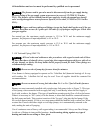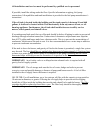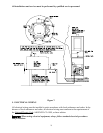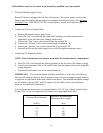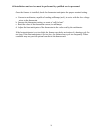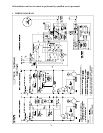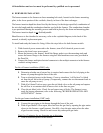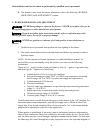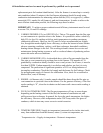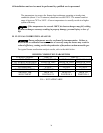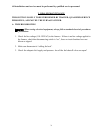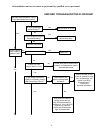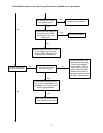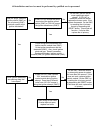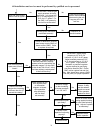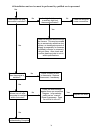All installations and services must be performed by qualified service personnel.
29
replacement parts for location identification). After the furnace is warmed up to a steady-
state condition (about 15 minutes), the final burner adjustment should be made using
combustion instrumentation for measuring carbon dioxide (CO2) or oxygen (O2), carbon
monoxide (CO), smoke (for oil furnaces), and stack temperature. In order to achieve the
most efficient combustion possible, the following steps must be taken.
IMPORTANT: To achieve proper combustion and efficiency instruments must be used
to secure CO2, O2 and CO readings.
1. CARBON DIOXIDE (CO2) or OXYGEN (O2): Take a CO2 sample from the flue pipe
or vent connector at a position close to the furnace. It is possible to achieve relatively
high CO2 (or low O2) readings with low stack temperatures to produce maximum
combustion efficiency. However, the CO
2 and O2 values recommended are slightly
less, though this means slightly lower efficiency, to allow the burner to better tolerate
adverse operating conditions, such as a cold heat exchanger, downdraft conditions,
heating content changes in the fuel. This working tolerance means less service and
maintenance during heating seasons as well as a reduced chance of producing carbon
monoxide under adverse conditions.
2. CARBON MONOXIDE (CO): As described above, take a flue gas sample from the
flue pipe or vent connector at a position close to the furnace. The amount of CO
generated by combustion ideally should be zero or only a trace. In all cases, it must be
less than 50 PPM. Carbon monoxide is a colorless and odorless gas, but it is toxic
compound. The production of significant quantities of CO is a strong indicator of
incomplete combustion. Check the fuel supply and the burner for fuel leakage. Check
for an inadequate supply of clean air for combustion. Also, check for a restricted or
blocked flue, vent, or chimney.
3. SMOKE: (oil burners only) A smoke sample should be drawn from the flue pipe or
vent connector at a position close to the furnace. For the greatest efficiency, if the first
smoke reading is “0”, close the air shutter on the burner until a trace smoke reading is
obtained.
4. FLUE GAS TEMPERATURE: The flue gas temperature will vary to some degree
depending on the heating content of the fuel, the amount of combustion air, and
airflow across heat exchanger. In general, the lower the stack temperature, the higher
the efficiency. However, stack temperatures under 350°F may cause flue gases to
condense, which in turn may cause excessive metal corrosion.
5. TEMPERATURE RISE: Supply air temperature (measured twelve inches into trunk,
away from radiant heat from the furnace) minus (-) return air temperature, or
Temperature rise = Supply air temperature - Return air temperature.



